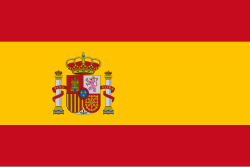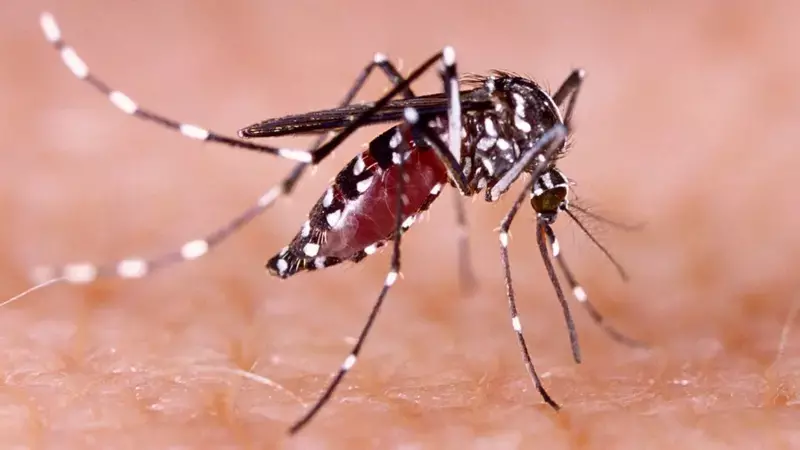Cuba has experienced harsh experiences related to dengue fever. Perhaps one of the most shocking for those with gray hair dates back to 1981. When dengue hemorrhagic fever claimed the lives of 101 children. The largest epidemic reported in the Americas to date.
From that irreparable loss, we learned not to be complacent when it comes to this disease in children. For nearly a decade, it has been a constant presence. Every August, it seems, tests the health system’s ability to respond efficiently and promptly to the increase in cases admitted with warning signs.
The recent warning on the institutional profile of the Octavio de la Concepción de la Pedraja Children’s Hospital of Holguin about the increase in dengue cases is clearly a message to families in the region: at the onset of a febrile syndrome in children, they should seek prompt evaluation from health services. The predominant circulation of serotypes three and four represents a high risk for the pediatric population. As they are associated with severe forms of this disease.
This is a disease with a broad clinical spectrum that can range from an almost imperceptible presentation to the onset of serious complications. Key measures adopted in the hospital setting include monitoring for warning symptoms, strict clinical management with timely administration of hydration. Either oral or intravenous, monitoring of vital signs, and performing hematocrit and platelet counts to detect potential complications.
It is also advisable to avoid nonsteroidal anti-inflammatory drugs (NSAIDs). Such as ibuprofen and aspirin, as they increase the risk of bleeding. As part of in-hospital prevention measures, the use of mosquito nets in hospitalized areas is required. It is essential to provide patients with water and electrolytes, hence the recommendation to administer oral rehydration salts.
Among the main warning signs to look out for are abdominal pain, vomiting, and diarrhea, which can even lead to dehydration. In addition, bleeding may occur, in the case of adolescents outside their menstrual cycle, and spontaneous bleeding from the gums at other ages. The appearance of fluid in cavities or lungs, fainting, irritability, or drowsiness should also be monitored.
Even if the fever disappears, this does not mean the danger is over. Starting on the third or fourth day, a decrease in platelets and leukocytes may occur. Along with an increase in the blood concentration, known as an elevated hematocrit. Contrary to popular belief, the presence of a rash does not indicate the severity of the patient’s condition.
At the Holguin Pediatric Hospital, multidisciplinary evaluation teams are comprised of pediatricians, specialists in General Medicine, and nursing staff, who work together to achieve the children’s improvement. In addition, staff receive systematic training in pediatric management.
It should be noted that the coexistence of several dengue serotypes potentially increases the risk of developing severe forms in children. Especially those who have previously been infected with another serotype, known in medical jargon as heterologous immunization.
Immediate action by both families and healthcare personnel can save lives. Logically, timely prevention and treatment translate into a high probability of reducing complications.
Translated by Aliani Rojas Fernandez
- Contributions from Science to Gerontological and Geriatric Training in Holguin - 16 de December de 2025
- Manifestations and Management of Chikungunya in Pediatric Ages - 15 de December de 2025
- International Scientific Conference on Neurogenetics - 11 de December de 2025

